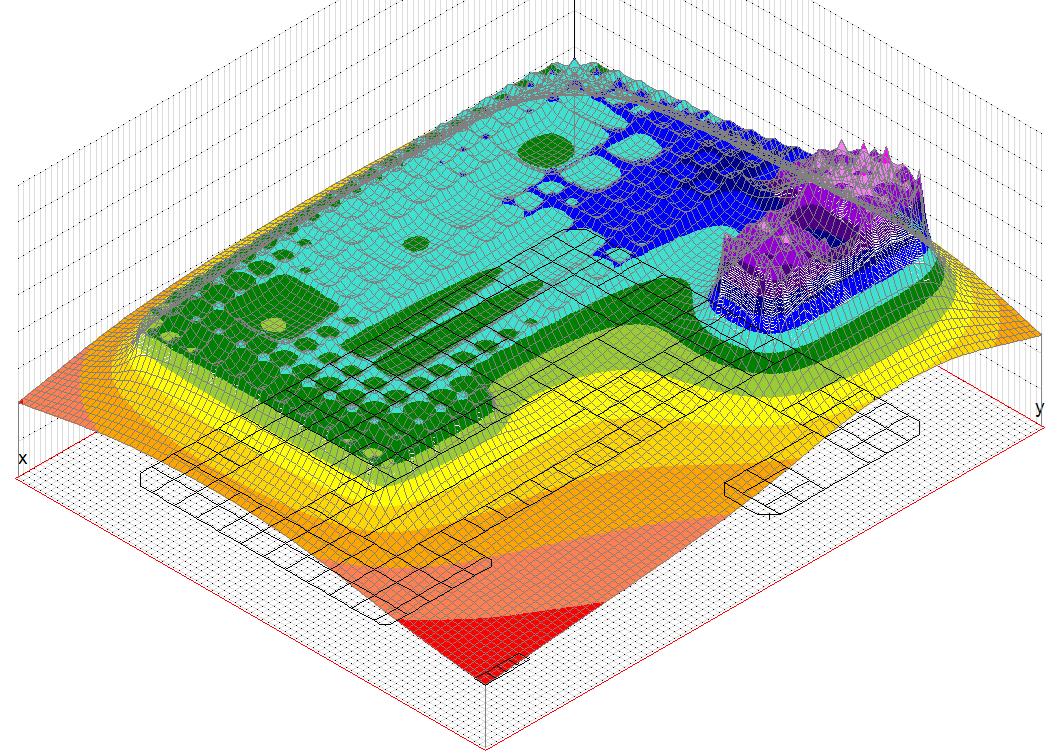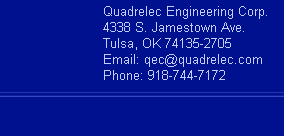This course will cover general and
detailed principles used for the design of
power system and equipment in systems from
1,000-V up to transmission line systems. It is
structured to cover all areas of concern for
practicing industrial, commercial, and
utility engineers. Most courses on this
topic address only the "how" but omit the
"why". Consequently engineers do not have
the requisite knowledge to know how to
handle unique situations and how to
correctly select and install lightning and surge
protection equipment.
This course will draw into the
curriculum, design and theoretical
principles, published within national
standards and decades of I.E.E.E.
papers written on the subject. It will also be focused on
the information the instructor has
needed during his professional career
as a designer, consultant, and
instructor.
Instructor:
Charles Pratt, P.E.
- Practicing professional
engineer since 1971.
- Life member of various I.E.E.E. power, industry, and EMC
societies
- Member of the Lightning
Protection Institute.
- Instructor for Army Corps of
Engineers in the technical areas
of power, surge protection, and lightning
protection grounding system design
Why is this course unique?
- Covers
commercial, industrial, and utility systems
and protection from effects of ground
faults that can present adverse shock
hazards to humans.
- Taught by an instructor with decades
of experience ferretting out fact from
fiction and "sales pitches.
- Provides
students with theory and lab
demonstrations to support the theory
-
Not a software
course. Understanding principles is more
important.
- One module is dedicated to sample calculations and
designs in specific areas submitted by
the students or as selected by the instructor.
- Covers the electrical theory, system
analysis, and physics which form the basis
for grounding system design. Answers many of the
"Whys" that most grounding
practicioners encounter.
- Grounding
electrode and array performance under
normal power system frequencies and fast transients
.
- Grounding of systems and equipment for
compliance with the National Electric
Safey Code, NEC, and IEEE STD 80
- Will remove most
of the "mystique" and "black magic"
commonly associated with grounding for
safety, lightning, and
surge protection. These topics should not
be a mystery!
- Class sizes are kept small to optimize
your personal learning experience
- Grounding system testing and
calculations will be
covered.
- Hands-on experience in seeing and
measuring actual
grounding system conductor and electrode
peformance during lab examples using
scale models of various grounding
electrodes.
- Information exceeds that of any other
similar course on the market
Course
Structure
The
depth of the material
is
geared for graduate electrical engineers
or electrical designer technicians.
Standards such as the NEC, IEEE 80, and
other important standards are addressed.
This is not a course in the use of any
software. Focus is directed to designing
grounding systems without custom ground grid software.
engineers
or electrical designer technicians.
Standards such as the NEC, IEEE 80, and
other important standards are addressed.
This is not a course in the use of any
software. Focus is directed to designing
grounding systems without custom ground grid software.
The course is held in conjunction
with other grounding course
modules. Each module can be taken
separately, however maximum benefit
will come from taking all modules at
one time or in order. More details of
the various topics in each module are
contained in the course information
link.
During
short
lab exercises,
students will be able to see and take
measurements around various
grounding electrode arrays and grids.
Electrode arrays will demonstrate
impedances, touch potentials, and step
potentials.
Course
Materials
The student will receive an extensive
workbook that exceeds the quality of training manuals of
most courses of this type. Each workbook page contains a single lecture slide and
appropriate comments by the instructor
designed to minimize note taking by the
student and to provide a more useful future
reference.
The books "Industrial Power System
Grounding Design Handbook" by Dunki-Jacobs,
F. Shields, and Conrad St. Pierre, IEEE STD
80, the NESC,
and Soares' Grounding Books are referenced
in the course and can be ordered on-line
prior to the course or on the course
registration form.
The Soares Grounding book 2020 can be
ordered from IAEI or provided as part of the
course. Purchase of these books
and standards is not required for the
course but can be purchased during your
registration.
Participant slots are limited to 12 to maximize
student involvement in lab demonstrations.
Daily
Schedule
Module 2 :
1-day, 8AM to 5PM lecture and
lab demonstrations
Continuing
Education Credits
CEU's or PDH's will be provided for
each course module through the
I.E.E.E. Education Program for those
students needing professional continuing
education credits. The credits vary for each
module attended and are tabulated in each
course registration form.
Price: $500.00 (US)
(There is a
10%
discount available for I.E.E.E. members
registering at any time in addition to any
other discounts offered. See registration form
for early registration and other discounts. )
See
"Training" webpage.
If you will be interested in
this or other courses, please contact us with an
email or by phone and let us know
about your needs and topics of
specific interest. This will assist us
in the course development and
optimization.
______________________________________________________
I
EEE CEU's: IEEE
Continuing Education Programs are
peer-reviewed by content experts. This peer
review guarantees both quality of the
technical content of learning materials, as
well as adherence to IEEE’s strict criteria
for educational excellence. All programs
that pass this strict process are entitled
to award IEEE Continuing Education Units (CEUs),
recognized as the standard of excellence for
continuing education programs in IEEE’s
fields of interest.



